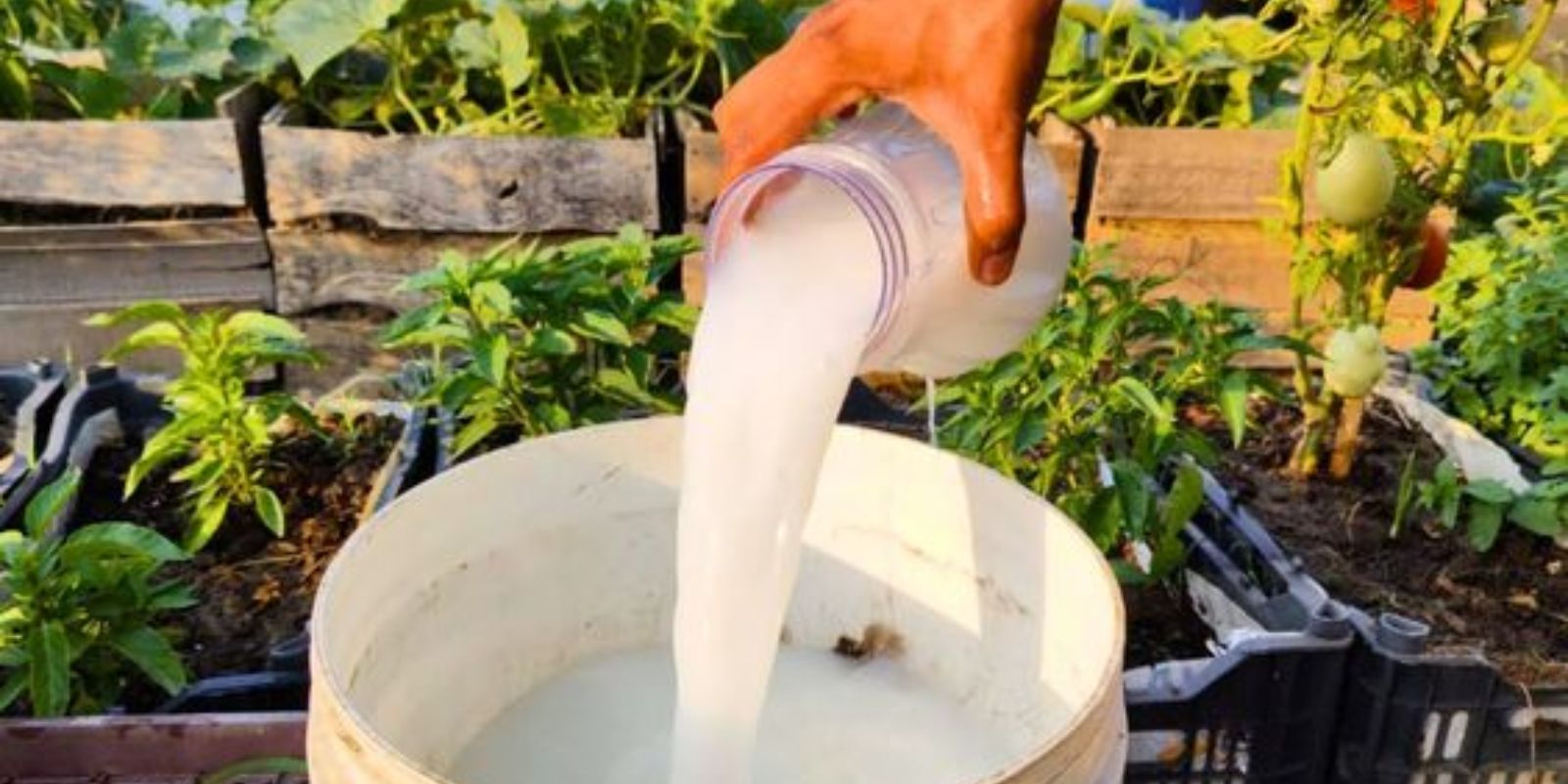Gardening can sometimes be a game of patience and surprises. Just when you think your cucumber and tomato plants are beyond saving, a little extra care and the right nutrients can bring them back to life. This method has proven to be incredibly effective, even for plants that appear dead. Let’s explore this amazing technique that can turn your wilted garden into a thriving oasis.
Introduction
We’ve all faced the heartbreak of seeing our beloved cucumber and tomato plants wilt and wither. Whether it’s due to neglect, pests, or harsh weather, losing these plants can be disheartening. However, with a targeted feeding approach, you can revive these seemingly dead plants and enjoy a bountiful harvest. Here’s how you can transform your struggling garden into a productive one.
1. Prepare the Nutrient Solution
The first step in this revival process is to prepare a nutrient-rich solution. Use a balanced fertilizer that contains essential nutrients like nitrogen, phosphorus, and potassium. These elements are crucial for plant growth and recovery.
- Mixing Instructions: Follow the package instructions to mix the fertilizer with water. Typically, this involves dissolving a specific amount of fertilizer in a gallon of water. Ensure the mixture is well-stirred to evenly distribute the nutrients.
Balanced fertilizers are readily available at garden centers and online stores. Look for ones specifically formulated for vegetable plants to ensure the best results. Organic options, such as fish emulsion or seaweed extract, are also excellent choices that provide a slow release of nutrients.
2. Add Organic Matter
Incorporating organic matter into the soil can significantly boost its fertility and improve plant health. Organic matter such as compost or worm castings is rich in nutrients and beneficial microorganisms.
- Application: Spread a generous amount of compost or worm castings around the base of your cucumber and tomato plants. Work it into the top layer of soil gently, being careful not to disturb the roots.
Compost not only provides essential nutrients but also improves soil structure, increasing its ability to retain moisture and air. Worm castings, often referred to as “black gold,” are particularly beneficial as they contain enzymes and growth hormones that promote plant health.
3. Water Thoroughly
Watering is a critical step to ensure that the nutrients from both the fertilizer and organic matter are absorbed by the plant roots. Proper watering helps dissolve the nutrients and facilitates their uptake by the plants.
- Watering Tips: Water the plants thoroughly until the soil is evenly moist. Avoid overwatering, as this can lead to root rot. The goal is to keep the soil consistently moist but not waterlogged.
Using a soaker hose or drip irrigation system can provide a steady supply of water directly to the roots, reducing the risk of fungal diseases that thrive in wet foliage. Water early in the morning to allow the plants to absorb moisture before the heat of the day.
4. Prune Dead Parts
Removing dead or dying parts of the plant can stimulate new growth and improve overall plant health. Pruning helps redirect the plant’s energy towards producing new leaves and fruits.
- Pruning Technique: Use clean, sharp scissors or pruning shears to cut away any dead leaves, stems, or branches. Make clean cuts to prevent any damage to the plant. Dispose of the pruned material to avoid any potential disease spread.
Pruning also improves air circulation around the plant, reducing the likelihood of fungal infections. Regularly inspect your plants for signs of pests or diseases and take prompt action to address any issues.
5. Mulch Around Plants
Mulching is an effective way to conserve soil moisture, regulate soil temperature, and suppress weed growth. It also adds organic matter to the soil as it decomposes.
- Types of Mulch: Organic mulches such as straw, wood chips, or grass clippings work best. Apply a 2-3 inch layer of mulch around the base of the plants, ensuring not to cover the stems directly.
Mulch helps maintain a consistent soil temperature, which is particularly beneficial during hot summer months. It also prevents soil erosion and reduces water evaporation, ensuring your plants have a steady supply of moisture.
6. Monitor Plant Health
After implementing these steps, it’s important to monitor your plants regularly. Look for signs of new growth and improvement in plant health. Consistent care and periodic feeding will keep your plants thriving.
- Follow-Up Feeding: Repeat the nutrient feeding process every two weeks or as needed based on plant response. Keep an eye out for pests and diseases, addressing any issues promptly.
Regular monitoring allows you to catch potential problems early. Check the undersides of leaves for pests like aphids or spider mites, and look for yellowing or spotted leaves that may indicate nutrient deficiencies or diseases.
Conclusion
Reviving dead cucumber and tomato plants may seem like a daunting task, but with the right approach, it’s entirely possible. By preparing a nutrient-rich solution, adding organic matter, watering properly, pruning dead parts, mulching, and monitoring plant health, you can breathe new life into your garden. This method not only saves your plants but also maximizes your harvest, giving you plenty of delicious cucumbers and tomatoes to enjoy.
Motivation
Don’t give up on your garden just yet! Try this feeding method and witness the transformation. You’ll be amazed at how quickly your cucumber and tomato plants bounce back, providing you with a generous harvest. Happy gardening! 🌱🍅🌟
By following these steps, you can turn your garden from a place of disappointment into a thriving, productive space. Gardening is all about learning and adapting, and sometimes the simplest changes can yield the most extraordinary results. Whether you are a seasoned gardener or a novice, this guide offers practical and effective solutions to revive your cucumber and tomato plants. So roll up your sleeves, get your hands dirty, and enjoy the rewarding experience of nurturing your garden back to health.

